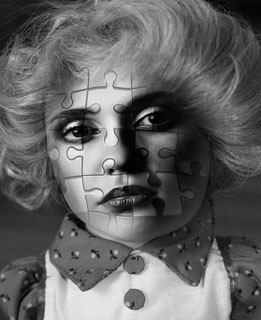Let’s face it, we’ve all created and written characters we ended up despising. It wasn’t that our protagonist or antagonist annoyed us or angered us with their choices. Instead, they were simply bland. Characters, especially villains, without definition and reasoning can ruin any story.
Understanding Outlooks
Any character, from the good guy to the bad guy sees the world in a different light. Unless your character is a true monster, they won’t just be evil to be evil. Amaryllis Fox, a former CIA counter-terrorism agent summed it up best in a video she recently released. “If I learned one lesson from my time with the CIA, it is this: everybody believes they are the good guy.”
Politics and beliefs aside, Fox makes some fantastic points which can help immensely when trying to get into the mind of our fictional villains.
“An Al-Qaeda fighter made a point once during debriefing. He said all these movies that America makes — like Independence Day, and the Hunger Games, and Star Wars — they’re all about a small scrappy band of rebels who will do anything in their power with the limited resources available to them to expel an outside, technological advanced invader. ‘And what you don’t realize,’ he said, ‘is that to us, to the rest of the world, you are the empire, and we are Luke and Han. You are the aliens and we are Will Smith.’”
“But the truth is that when you talk to people who are really fighting on the ground, on both sides, and ask them why they’re there, they answer with hopes for their children, specific policies that they think are cruel or unfair. And while it may be easier to dismiss your enemy as evil, hearing them out on policy concerns is actually an amazing thing, because as long as your enemy is a subhuman psychopath that’s gonna attack you no matter what you do, this never ends. But if your enemy is a policy, however complicated — that we can work with.”
Still having a tough time imagining why your villain would do the things you need them to do? The recent Marvel shows on Netflix from Daredevil to Jessica Jones do an amazing job at showcasing villains that you can’t help but feel for. Their actions are all based on motives that have been set in motion for a long time.
Backstories
It’s a universal fact. Protagonists get so much page time, so much face time, and so much work done on their backstory while the antagonist gets left behind. Don’t make this mistake! Maybe your villain was abused or tortured as a child, or maybe they’re exacting revenge for something terrible happening to their once-doting parents. Know what their favorite color is, what kind of music they like, and if they are allergic to peanuts. All of these minute details will only help humanize your villain which should be an ultimate goal.
Strengths
Give your villains a shot at winning! It’s boring to read about the good guy rushing in and with a single swing of his sword defeating evil once and for all. Yes, in the end you probably want good to triumph, but make sure the hill they have to climb is a difficult one. Flesh out the strengths of your villain just as you would your hero. Make them capable of winning and give them a few rounds to make your reader believe they have it in them.
They’re human (or not) too
The most important thing to remember with your baddies is that they are human (or werewolf…) too. Everyone does things for good or bad with motivation. Explore that motivation in your villains as thoroughly as you would for your hero or heroine. Give them flaws, give them quirks, and be certain they embody an entirely fleshed-out character.

